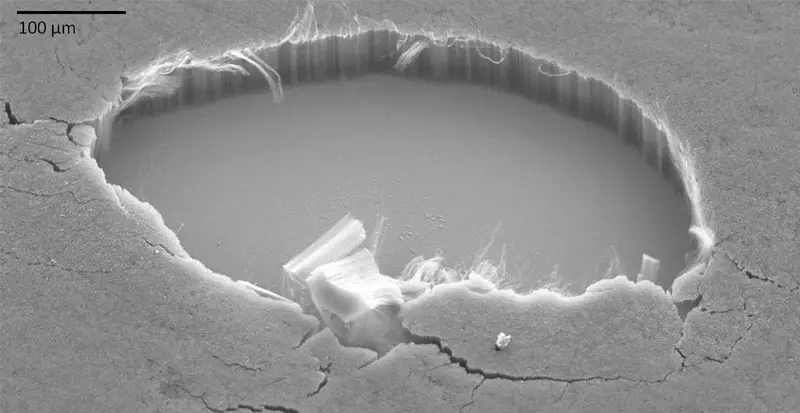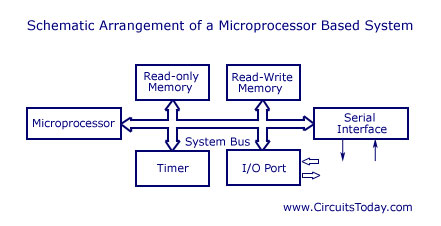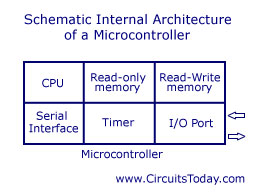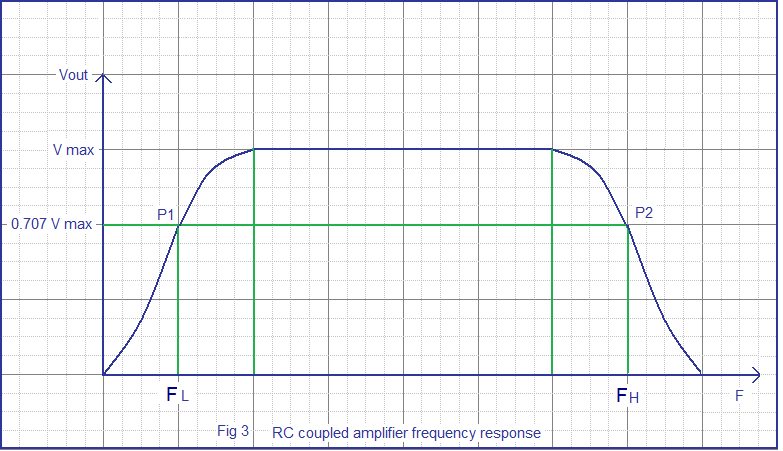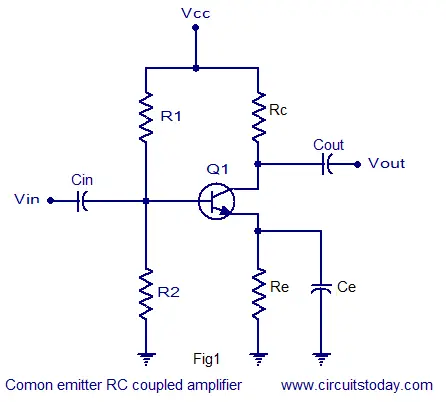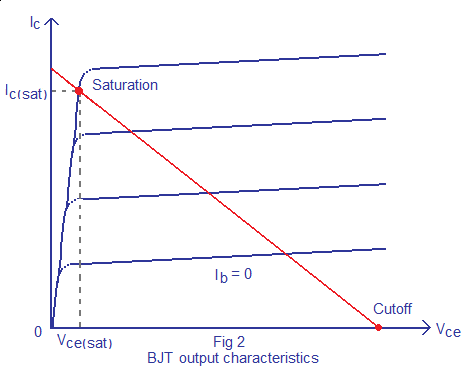Introduction
Since the early 70′s video games have been a great entertainment for all of us. With the recent boom in technology, computer graphics has been so advanced that graphic games are being introduced into the real world surroundings. The photo reality is mind boggling to such an extent that you feel that the games have been plucked out of your display monitors and integrated into your surroundings. Not only the video part, but also sound and also other sense enhancements are integrated into the real world. Such a technology is called Augmented Reality, which clearly makes us doubt whether what we see, hear, smell and feel is real or not.
What is Augmented Reality (AR)?
Augmented Reality [AR] can actually be defined as the integration of graphics into the physical real world without a single change in the perspective, that is every image shown will be adjusted to every angle of movement of the user’s head and eyes. Thus a widely produced graphics in augmented reality will surely enhance everyone’s perception of the real world.
Thus AR is a combination of three factors. They are
- Real and virtual world.
- Interaction in the real time.
- 3D world.
With the wide use of AR, the entire view of the world will surely change. Just think of yourself, sitting at home, while an exact replica of yourself walking through the streets. When you view such a person’s image the audio will coincide with the image automatically. The changes will be made continuously to reflect the movements of your view. Such applications are most commonly seen nowadays in smart phones.
Technology
To know the technology used in AR it is necessary to know the basic components used in Augmented Reality. There are four basic components used in AR. They are
1. Display
2. Tracking and Orientation
3. Portable Computer
4. Software
These four components are combined together to make a highly efficient AR device. Devices like high speed multi-processors, high resolution cameras, accelerometers and are also used to enhance the reliability of the AR equipped device.
Now let us learn about each component in detail.
1. Displays
Tree types of displays are used in AR technology. They are
Head Mounted Displays [HMD]
This device keeps both the images of the real physical world and the virtual graphical world over the user’s world view. HMD are either an optically transparent or video transparent device. In an optically transparent display device, partial silver mirrors are used to pass the views of the real world through a lens. At the same time the virtual images are reflected into the user’s eyes. A 6-degrees of freedom [dof] sensor must be used to track the HMD device. Such a tracking method helps in relating the virtual world to the real world.
Some basic products that use such displays are Sony Glasstron, Microvision NOMAD and so on.
Handheld Displays
Such displays are small in size and will easily fit in one hand. These devices use video transparent techniques to relate the virtual world to the real world. Here also 6-degrees of freedom [dof] sensors are used apart from devices like GPS trackers, and digital compasses. This display technology is the biggest success for Augmented Reality till now. Since they are easily portable and due to the bulk use of camera phones, they are used widely.
Spatial Displays / Spatial Augmented Reality [SAR]
This is very different from the other two techniques explained above. There is no need t carry the display, instead, the graphical image is related to physical objects by using a digital projector. The only problem is that the user will have no contacts with the display.
The main advantage of such a device when compared to other displays is that the user doesn’t have to carry the equipment along with him. Thus the users can easily see each other’s faces. Since a projector system is used, these displays have better resolution than the others. The resolution can be further increased by expanding the display area by using more projectors.
2. Tracking and Orientation
As the name refers, tracking and orientation is needed to know the user’s exact location in comparison to his surroundings and also is used for tracking the exact eye and head movements of the user. This is the most complex part of the Augmented Reality technology as three major functions such as tracking the overall location, movement of the user’s head and eye and adjusting the graphics to be displayed are done with utmost precaution. There has not been a single system than can produce AR without a small delay between the real world and the graphical world till now.
3. Portable Computer
For this technology to sustain, the computers used must have high speed processors. Even now, the computers used for this purpose, does not have enough efficiency. For using 3-D graphics in systems, the configuration must be high end.
Applications
Here are some of the applications of AR in different fields.
Gaming and Entertainment
This is the biggest field in which AR has really made progress in. The games can be enhanced to such an extent that the user will fell like he is one of the characters of the game. Even movies can be watched with such enthusiasm as you will feel that the characters are walking past you.
Education
AR system can be greatly helpful to students as it can be used to re-create historic events of great importance in relation to its real time background. Thus the students will have a better idea of all the facts in life, providing them with a better education.
Security and Defence
AR technology helps in giving the soldiers in the field vital information about their surroundings, friendly troops and also the movement of their enemies. Even police officers will have a great help from such a technology as they have a complete and inmost view of a crime scene or robbery.
Medicine
During a medical operation, AR technology can be used to provide the doctor a better sensory perception of the patient’s body.
Thus, the risk factor involved in an operation can be greatly reduced and the efficiency can be increased. The technology can also be used to provide the patient’s medical records digitally in page wise manner, immediately after an X-ray or MRI, so that a quick decision can be taken
Labels:
Technology News


